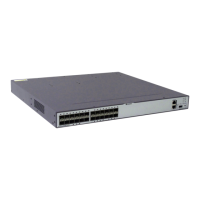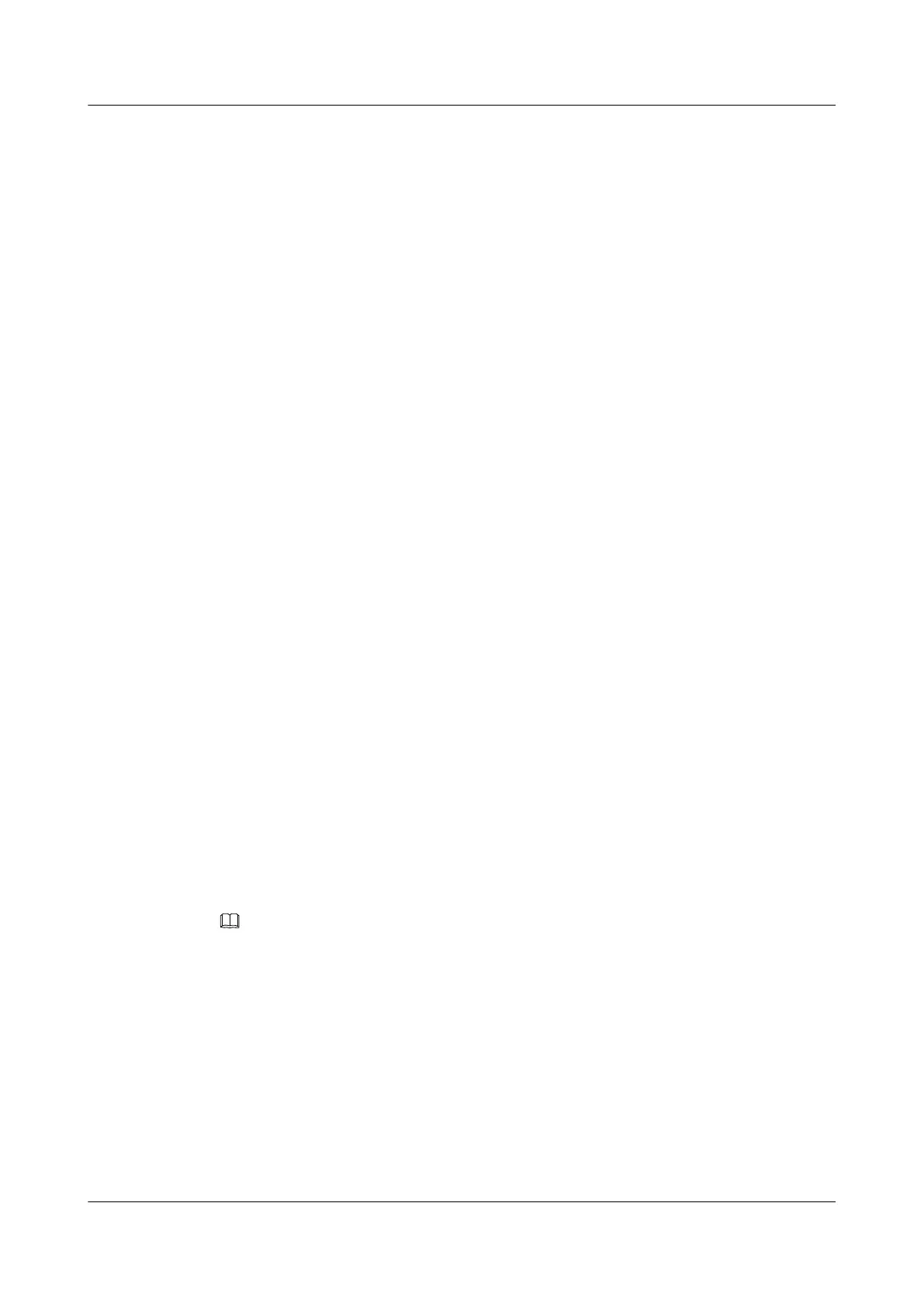10.5 Applying Filters to Received Routes
By applying the related filters of routing policies to routing protocols, you can filter the received
routes.
10.5.1 Establishing the Configuration Task
Before applying filters to the received routes, familiarize yourself with the applicable
environment, complete the pre-configuration tasks, and obtain the required data. This can help
you complete the configuration task quickly and accurately.
Applicable Environment
After defining the filters including the IP prefix list, ACL, and Route-Policy related to the routing
policy, you need to import the filters to the protocols. The routing filters are used in the following
situations:
l Filtering the received routes
Use the filter-policy command in the protocol view and apply an ACL or an IP prefix list
to filter the received routes. Only the routes that meet the matching rules are received.
The filter-policy import command is used to filter the received routes.
For the distance vector (DV) protocol and the link state protocol, the procedures are
different after the filter-policy command is run.
– DV protocol
A DV protocol generates routes based on the routing table. The filters affect the routes
received from the neighbor and the routes to be sent to the neighbor.
– Link state protocol
A link state protocol generates routes based on the Link State Database. The filter-
policy command does not affect the Link State Advertisements (LSAs) or the integrity
of the LSDB. Therefore, the effect on the commands of filter-policy import and filter-
policy export are different.
The filter-policy import command identifies the route that is added to a local routing
table from a protocol routing table only. That is, this command affects the local routing
table only, but dose not affect the protocol routing table.
NOTE
l BGP has powerful filtering functions. For details of BGP configuration, refer to .
l You can run the filter-policy command and the import-route command with different parameters for
RIP, OSPF, IS-IS, and BGP. For details, refer to related configurations.
Pre-configuration Tasks
Before applying filters to received routes, complete the following tasks:
l Configuring the IP-Prefix List
l Configuring an ACL
l Configuring the Route-Policy
S6700 Series Ethernet Switches
Configuration Guide - IP Routing 10 Routing Policy Configuration
Issue 01 (2012-03-15) Huawei Proprietary and Confidential
Copyright © Huawei Technologies Co., Ltd.
602

